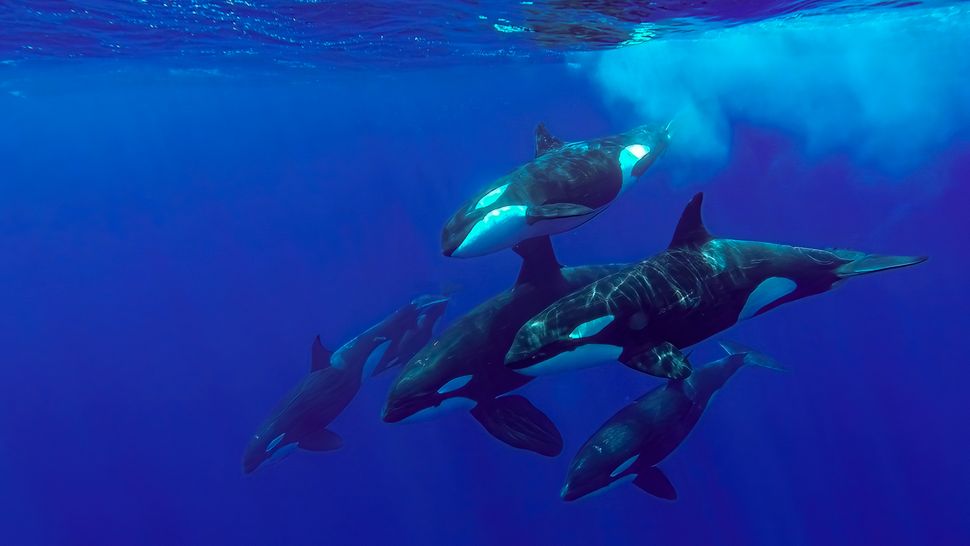Recent shark attacks in the Florida Panhandle have sparked social media speculation linking them to orca activity in the Gulf of Mexico. However, marine biologist Jesús Erick Higuera-Rivas told Live Science that this connection “doesn’t make any sense.”
On June 7, three people were injured in two separate shark attacks off Walton County beaches between Destin and Panama City Beach. The victims included a 45-year-old woman bitten near Watersound Beach and two teenagers injured later that same day about four miles east of the initial attack. The Walton County Sheriff’s Office representative, Corey Dobridnia, suggested the same bull shark (Carcharhinus leucas) was likely responsible for all three attacks.
Social media rumors suggested that recent orca sightings in the area might have driven bull sharks closer to shore, leading to the attacks. Orcas had been seen on June 4, south of Destin, about 75 miles (120 kilometers) from the shark attack sites. Despite this, Higuera-Rivas, who studies orca behavior at the Pelagic Protection and Conservation Civil Association in Mexico, dismissed the idea of a connection between the orca sightings and the shark attacks. He noted that while some orcas hunt great white sharks (Carcharodon carcharias) off South Africa’s coast and pursue bull sharks in the Gulf of California, the recent attacks are more likely due to increased human activity in areas where bull sharks feed near shore. He also explained that the rise in eco-tourism means more orcas are being photographed, not necessarily that their presence is increasing.

Gavin Naylor, Director of the Florida Program for Shark Research at the University of Florida, agreed with Higuera-Rivas. Naylor noted that while orcas sometimes target sharks, this usually occurs far offshore. He added that it is unclear why sharks would be driven specifically to human-populated coasts, as there are plenty of hiding places along the coast and in freshwater ecosystems. Naylor suggested that the recent shark attacks are likely due to bait fish moving closer to shore, attracting the sharks.
Naylor also pointed out that recent hot, dry weather in Florida might be influencing these events. Reduced freshwater output from estuaries due to dry weather allows saltwater to come closer to shore, bringing plankton and bait fish with it. This, in turn, attracts bull sharks.
